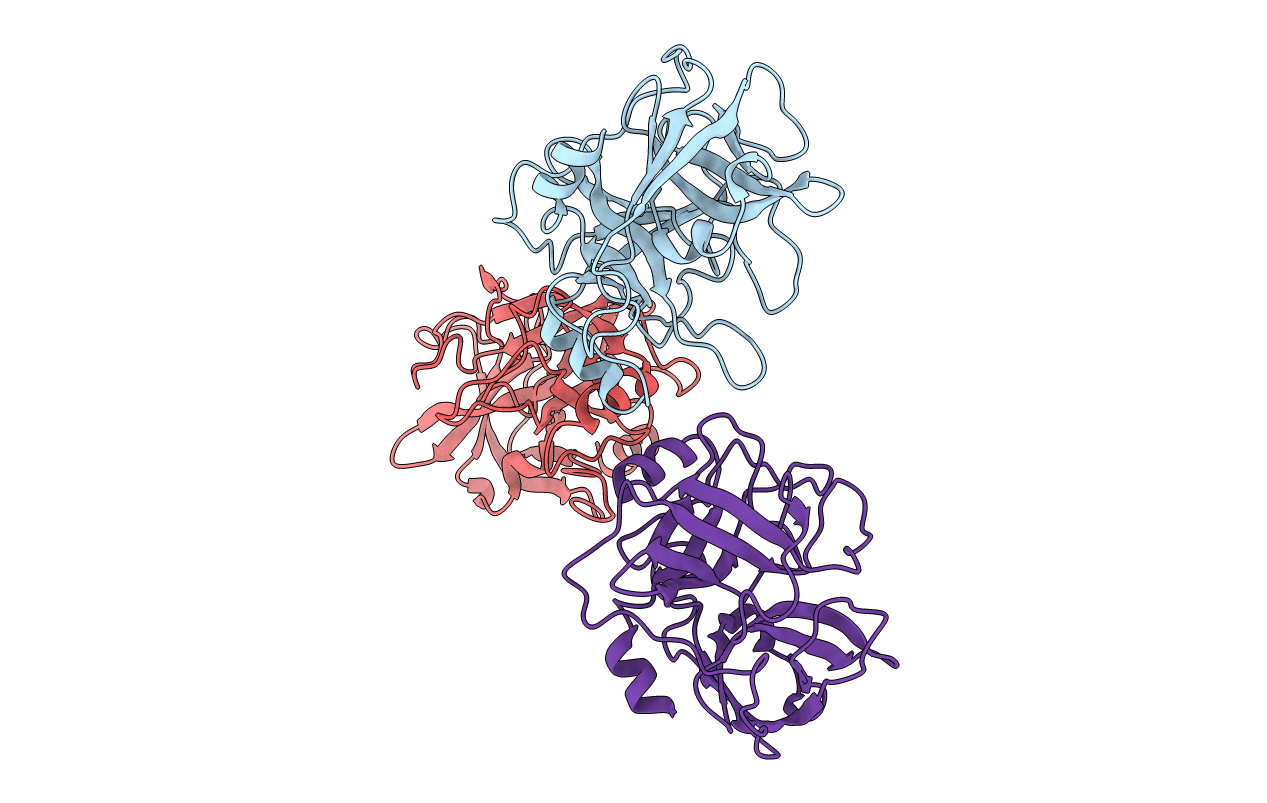
Deposition Date
2002-07-29
Release Date
2002-08-14
Last Version Date
2024-10-23
Entry Detail
PDB ID:
1M9U
Keywords:
Title:
Crystal Structure of Earthworm Fibrinolytic Enzyme Component A from Eisenia fetida
Biological Source:
Source Organism:
Eisenia fetida (Taxon ID: 6396)
Method Details:
Experimental Method:
Resolution:
2.30 Å
R-Value Free:
0.23
R-Value Work:
0.19
Space Group:
P 21 21 21


